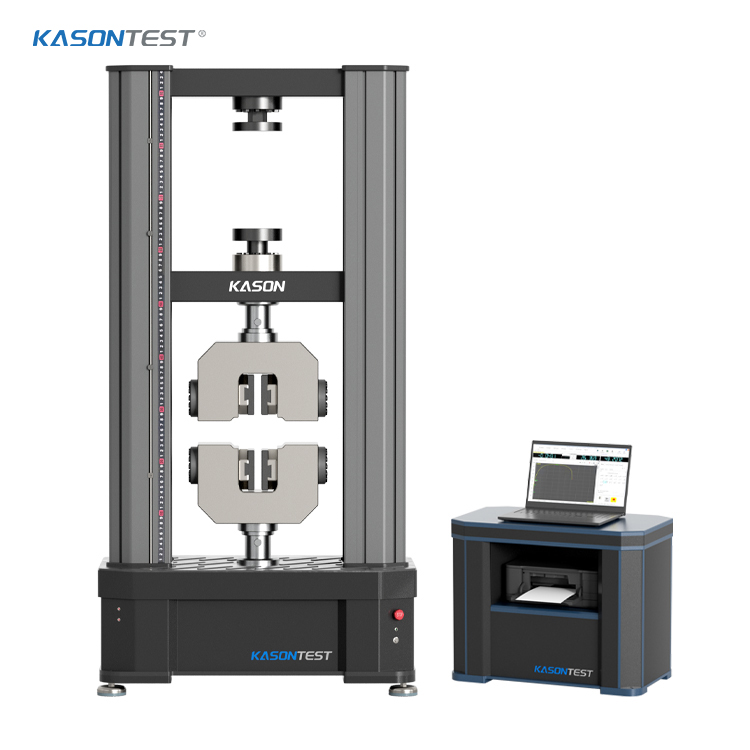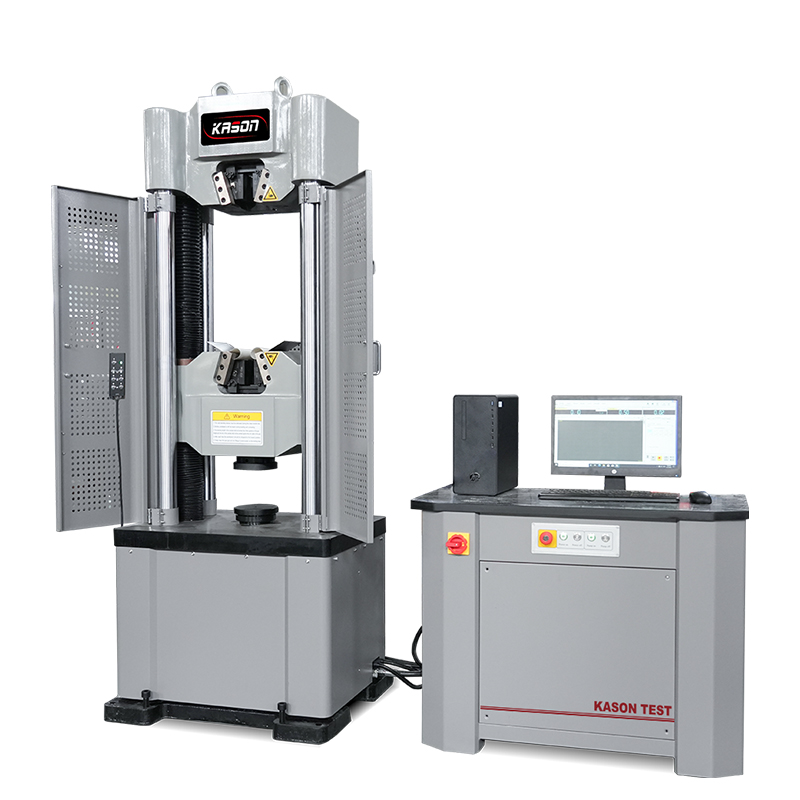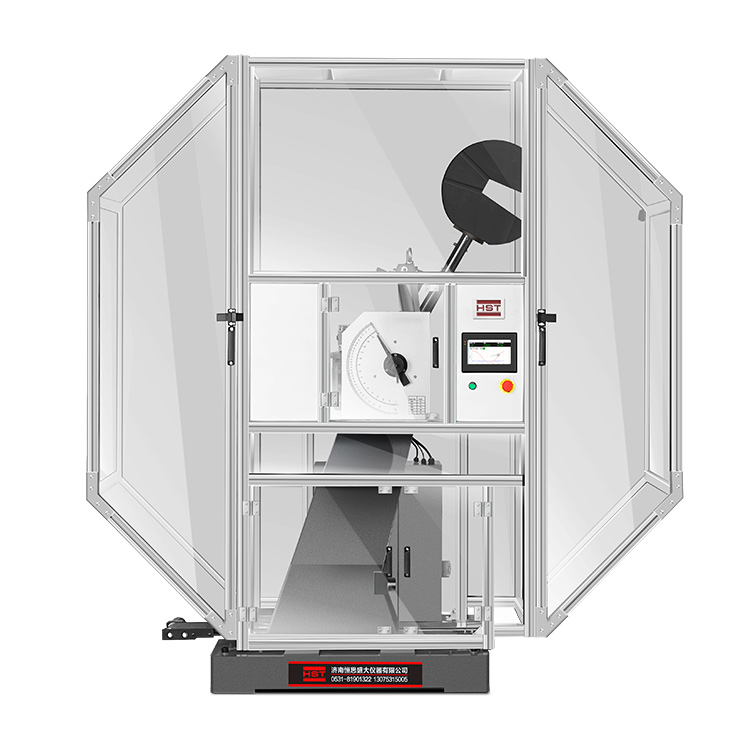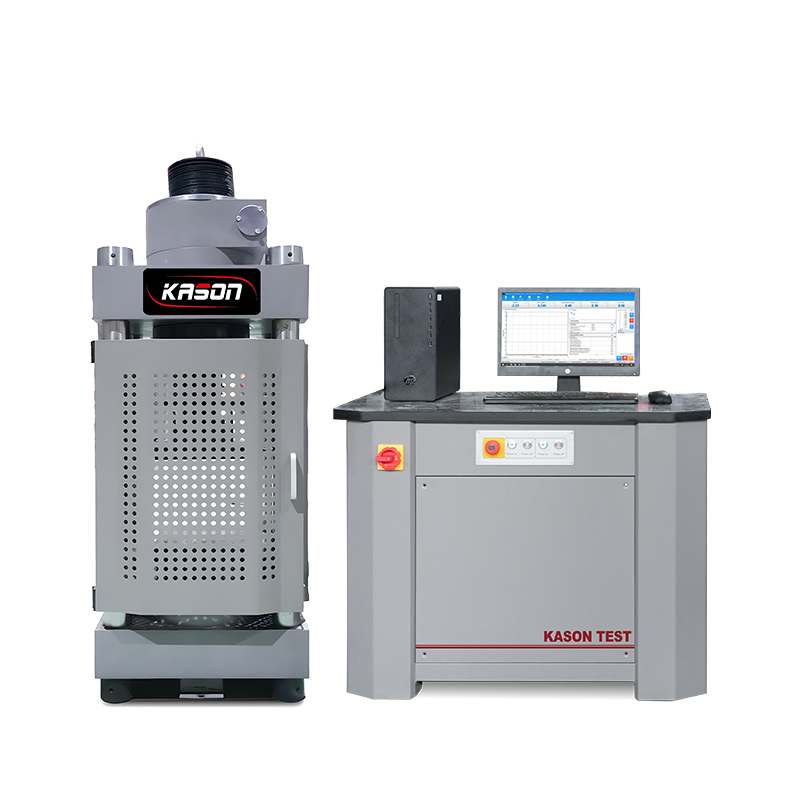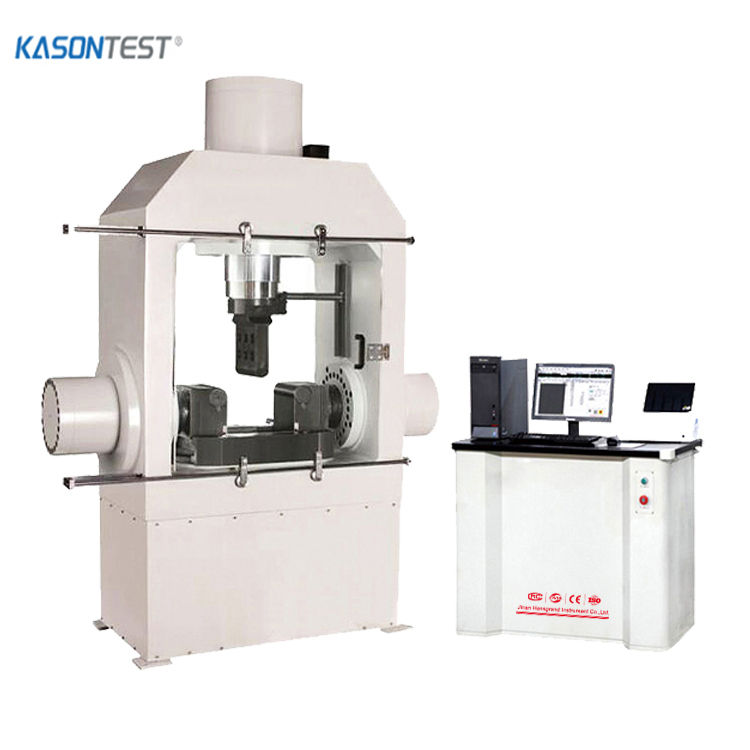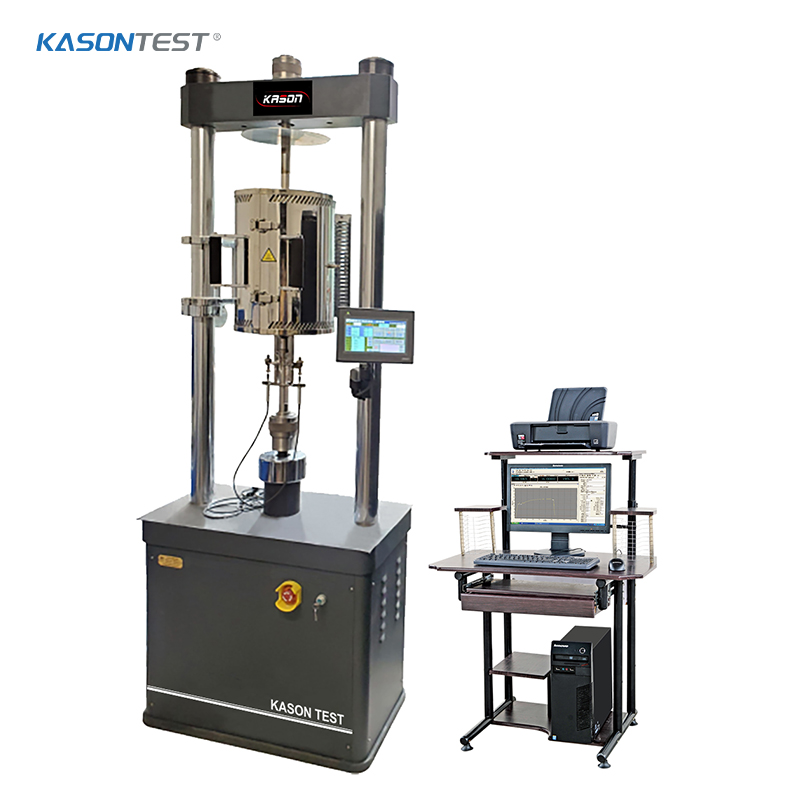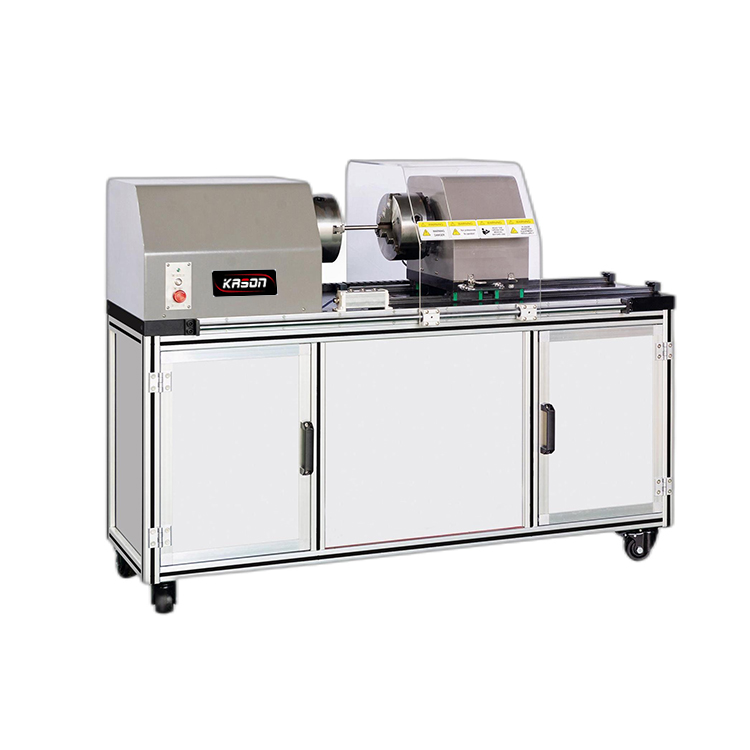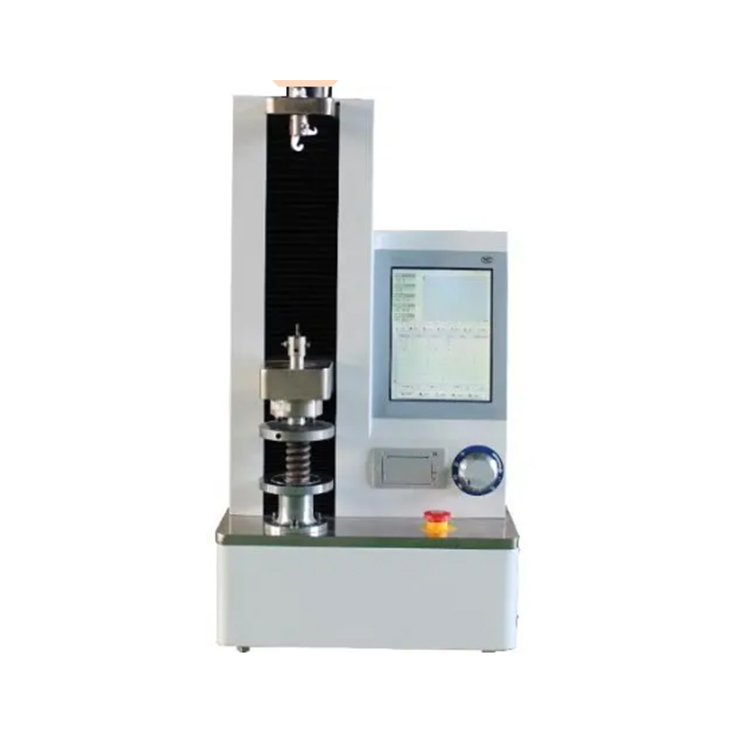Textile
The textile industry is a global manufacturing sector focused on the production, processing, and distribution of fibers, yarns, fabrics, and finished textile products. With a rich history spanning millennia, it has evolved from traditional handcrafting methods to sophisticated industrial processes, playing a vital role in economies worldwide and meeting essential human needs for clothing, shelter, and hygiene.Textile production involves several key stages, starting with fiber production. Natural fibers such as cotton, wool, silk, and linen are derived from plants and animals, while synthetic fibers including polyester, nylon, and acrylic are manufactured from petrochemicals. These fibers undergo spinning to form yarns, which are then woven, knitted, or non-woven into fabrics through processes like weaving (interlacing warp and weft threads) or knitting (forming loops with a single yarn).
The industry encompasses a diverse range of products. Apparel textiles dominate market share, including clothing for all occasions from everyday wear to high-fashion garments. Home textiles constitute another major segment, featuring bed linens, towels, curtains, and upholstery fabrics. Technical textiles represent a growing niche, with applications in medical fields (surgical gowns, bandages), automotive industries (seat covers, airbags), and construction (insulation materials, geotextiles for soil stabilization).
Global textile production exceeds 100 million metric tons annually, with Asia leading as the primary manufacturing hub. China alone accounts for over 50% of global textile output, followed by India, Bangladesh, and Vietnam, leveraging competitive advantages in labor and manufacturing infrastructure. The industry employs over 300 million people worldwide, making it one of the largest sources of employment in manufacturing.
Recent years have seen significant technological advancements transforming textile production. Digital printing enables precise, customizable designs with reduced water usage, while automation and robotics have improved efficiency in spinning and weaving processes. Smart textiles incorporating sensors or conductive materials are emerging, offering functionalities like temperature regulation or health monitoring.
Sustainability has become a critical focus, addressing environmental concerns such as water pollution from dyeing processes, high energy consumption, and textile waste. The industry is adopting practices like waterless dyeing, recycling post-consumer textiles, and using organic or biodegradable fibers. Certification programs for sustainable textiles are gaining traction, helping consumers identify environmentally responsible products.
Despite challenges including fluctuating raw material prices and increasing regulatory demands, the textile industry continues to innovate, adapting to changing consumer preferences for sustainable, functional, and technologically advanced textile products.

